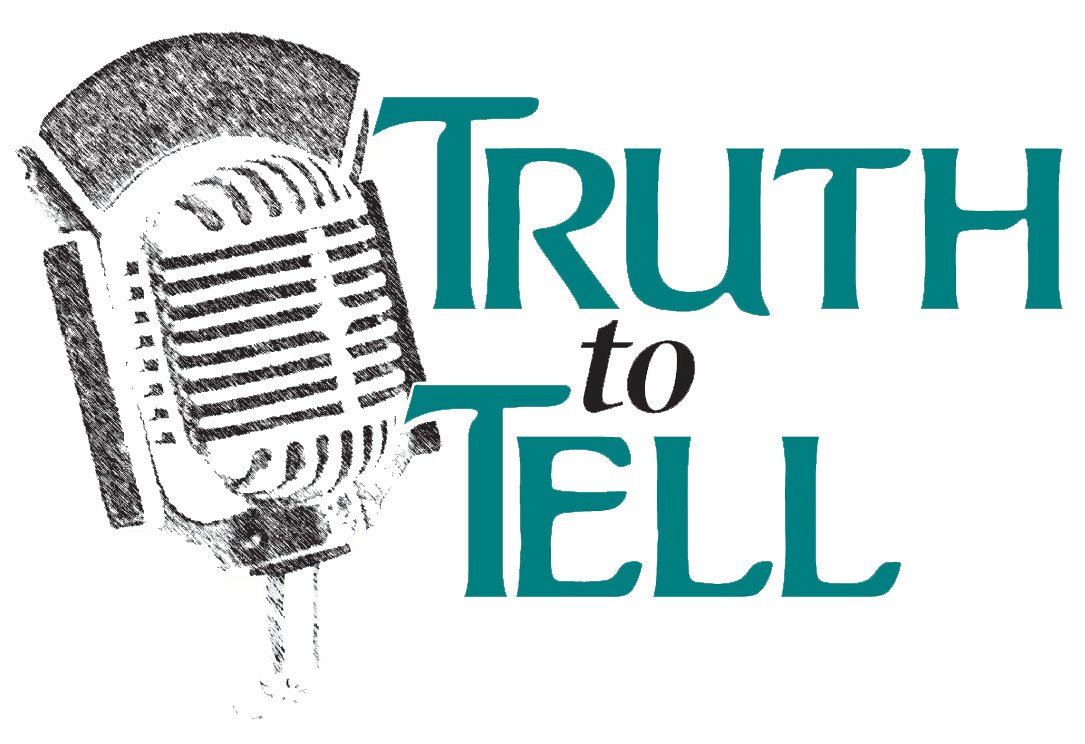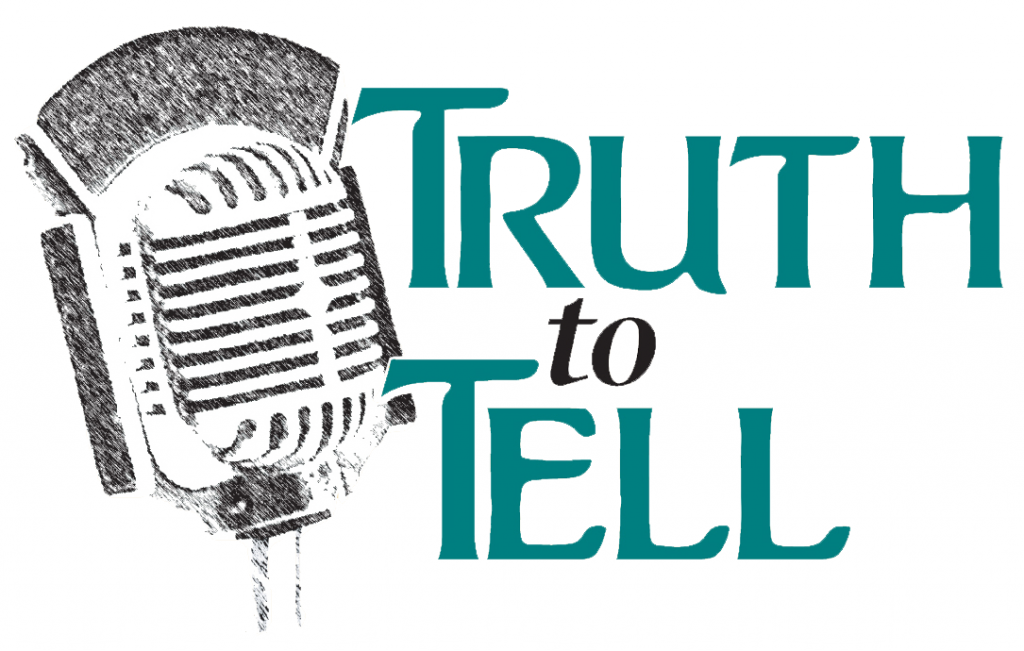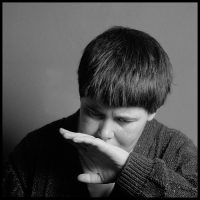TTT1125–Jun20-Autism11
HELP US BRING YOU THESE IMPORTANT DISCUSSIONS OF COMMUNITY INTEREST – PLEASE DONATE HERE!
WATCH last week’s program on The Commons HERE.
~~~~~~~~~~~~~~~~~~~~~~~~~~~~~~
This week, we update listeners (and viewers) on the status of autism – its prevalence in American society, its identification, diagnosis, competing treatments and the a conversation about the public responses to the disorder.
From the Autism Society of Minnesota’s website and CNN:
Autism is a complex developmental disability that is present from birth or very early in development— usually before age 3. Though symptoms and severity vary, all autism disorders affect a child’s ability to communicate and interact with others.
It affects essential human behaviors such as social interaction, the ability to communicate ideas and feelings, imagination, self-regulation, and the ability to establish relationships with others. Although precise neurobiological mechanisms have not yet been established, it is clear that this disability reflects the operation of factors in the developing brain.
The number of children diagnosed with autism appears to be rising. It’s not clear whether this is due to better detection and reporting of autism, a real increase in the number of cases, or both.
-
Autism is estimated to occur in as many as 1 in 110 individuals (Center for Disease Control and Prevention).
-
Autism is four to five times more prevalent in boys than in girls and knows no racial, ethnic, or social boundaries.
-
Family income, life-style, and educational levels do not affect the chance of a child having autism
-
Autism is currently thought of as a “spectrum disorder.” This means that the severity of symptoms differs in people with ASD.
Types of Autism
Mental health professionals diagnose based on the Diagnostic and Statistical Manual of the American Psychiatric Association, fourth edition (DSM-IV). DSM-IV was published in 1994. It is the first edition of the DSM to include both autism and Asperger syndrome as diagnoses. The DSM does not use the term autism spectrum. Autism and Asperger syndrome are listed in the category Pervasive Developmental Disorders. There are three diagnoses in this category that are autism spectrum diagnoses, autism, Asperger syndrome, and Pervasive Developmental Disorder, Not Otherwise Specified (PDD-NOS).
Autism is characterized in the DSM-IV by:
1. Qualitative impairment in social interaction
2. Qualitative impairment in communication
3. Restricted, repetitive, and stereotyped patterns of behavior, interests, and activities
Asperger syndrome is characterized by:
1. Qualitative impairment in social interaction
2. Restricted, repetitive, and stereotyped patterns of behavior, interests, and activities
3. No clinically significant delay in the acquisition of speech.
Diagnosis of autism requires a total of six (or more) items from the three areas, at least two in social interaction and at least one in the other two areas. Diagnosis of Asperger syndrome requires at least three items with at least one in the area of social interaction.
If a clinician feels that there are concerns in all three areas but there are not enough specific items to diagnose autism or Asperger syndrome he/she might diagnose PDD-NOS. Since the publication of the DSM-IV, our understanding of the autism spectrum has grown. Most clinicians recognize that difficulties with communication occur in all people on the spectrum.
There continues to be much disagreement on what, if any differences there are between Asperger syndrome and autism. Each clinician may use a slightly different definition although typically those diagnosed with Asperger syndrome have fluent speech and at least average IQ scores. Characteristics of autism change with age and learning. The qualitative differences look different in two-year-olds and twenty-year-olds so some clinicians may diagnose PDD-NOS when they are not sure whether a behavior meets criteria.
While there is no cure for autism, intensive, early treatment can make a big difference in the lives of many children with the disorder
That primer on autism/Asperger’s provides a basic introduction to the disorder, but it barely touches on various controversies surrounding their causes, nor the disproportionate rate of autism among children of the Somali diaspora in the US. Disputes also center on what role, if any, the standard set of children’s vaccinations plays in the generally increasing incidence of autism in this country, as well as what treatments are most effective for children with autism.
TTT’s ANDY DRISCOLL queries four activists dealing in various aspects of the autism spectrum from causal inquiry through treatment and public policy alternatives in Minnesota.
SHERRIE KENNY – Executive Director, Autism Society of Minnesota and Parent
IDIL ABDULL – Parent and Co-founder, Somali-American Autism Foundation
PAT PULICE, MA, L.P. – Clinical Child & Adolescent Psychologist, Fraser
ANNE HARRINGTON – Founder and Executive Director, Celebrate The Spectrum: Developmental Parent and Child Services; Parent; Autism Resource and Treatment Specialist; Mental Health Practitioner



